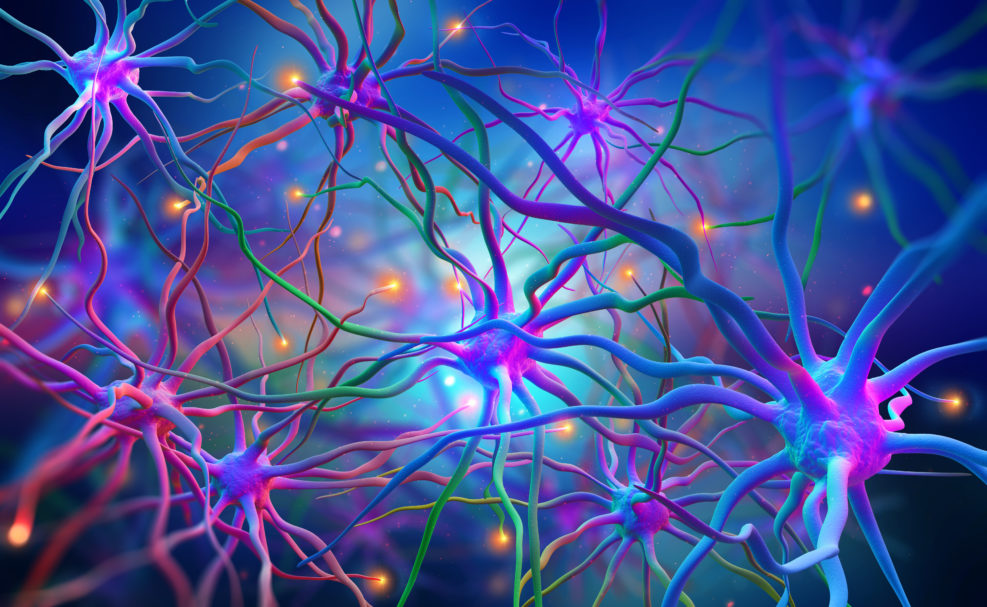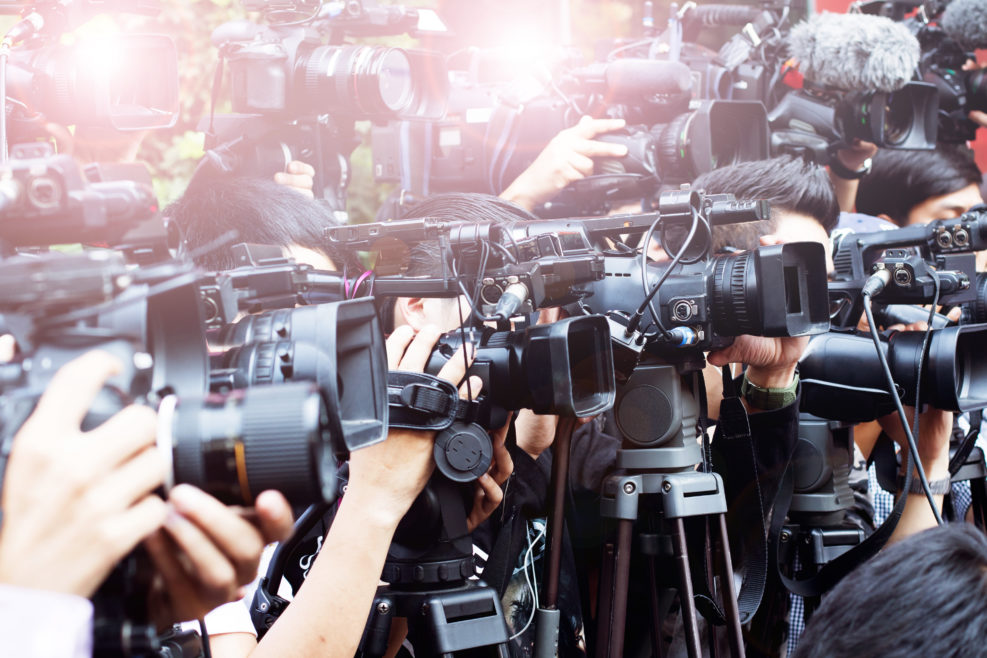
Can Physics Account for Our Whole Reality?
Mathematician turned philosopher Nancy Cartwright says no; reality is ultimately too complex for thatIf only we could reduce the world to an equation, many think — preferably one that is solvable (unlike what happened in what happened in Restaurant at the End of the Universe), we would understand life better. University of Durham philosopher Nancy Cartwright takes issue with that, arguing that the universe is “beautifully dappled, and requires a dappled science to explain it.” She is the author, most recently, of A Philosopher Looks at Science (Cambridge University Press, 2022). And she says, If physics is to have total dominion, she must not only help out with chemical bonding, signal transmission in neurons, the flow of petrol in a carburettor, and the like. She must be able in principle to entirely take Read More ›


















